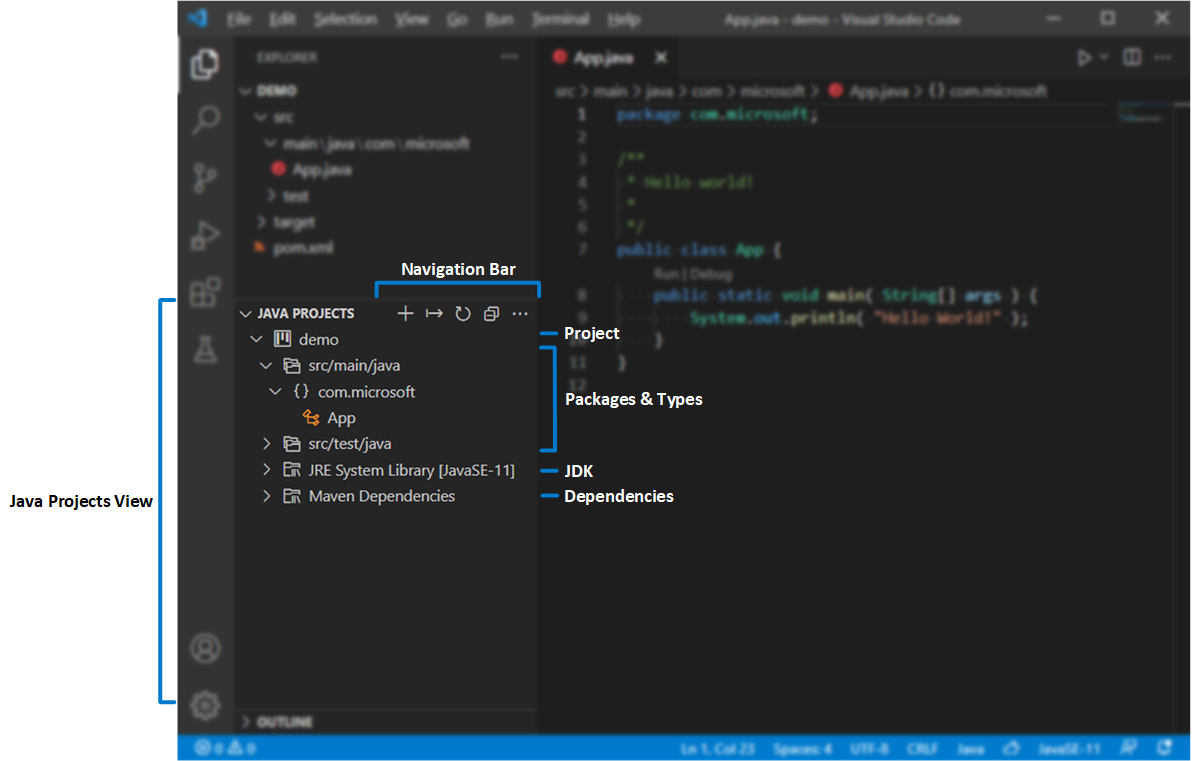
- #MAC OS WHAT FILE STORES PATH INFO FOR JAVA PASSWORD#
- #MAC OS WHAT FILE STORES PATH INFO FOR JAVA WINDOWS#
%USERPROFILE%\AppData\LocalLow\CompanyName\ProductName\Player.log ~/Library/Logs/Company Name/Product Name/Player.log ~/.config/unit圓d/CompanyName/ProductName/Player.log You can also navigate to the following folder: Operating system To view the Player log, open a Console Window (menu: Window > General > Console) and select Open Player Log from the Console window menu. To view the Editor log, open a Console Window (menu: Window > General > Console) and select Open Editor Log from the Console window menu. You can also use the Console.app utility from your /Applications/Utilities folder to find the log file. To view the Package Manager log, navigate to the Unity log folder: Operating system

See below for more information on where to find the logs.
#MAC OS WHAT FILE STORES PATH INFO FOR JAVA WINDOWS#
On Windows, the Package Manager and Editor logs are placed in folders which are not shown in the Windows Explorer by default. On macOS, you can access the Player, Package Manager, and Editor logs through the Console.app utility.

You can write your own messages to the Console and log files using the Debug class. More info See in Glossary in the Editor are also written to these log files. The log files are useful when you have experienced a problem, to find out exactly where the problem occurred.Īll messages, warnings, and errors written to the Console window A Unity Editor window that shows errors, warnings and other messages generated by Unity, or your own scripts. Save the file and start the application using startup.sh.There might be times during development when you need to get information from the logs of the standalone player you’ve built, the target device, the Package Manager or the Editor. Please stop the application using shutdown.sh, open the qcadoo-bin/conf/server.xml file and replace all occurrence of 8080 to 8181 (or another port if this one is also used). It means that the other application is using port 8080. I've got an error that the port 8080 is already in use Please see qcadoo/logs/root.log to get more information. It usually means that there was some error on application startup. Troubleshooting I've got a browser message that the page cannot be found You should ignore aspects errors and log4j errors from catalina.out - these are just warnings. Most of the time you will find information you need in file root.log, for example if your instance started correctly, details of found errors etc. Logs can be found in directory qcadoo/logs/. Please see User Documentation to find more information. In order to see a whole bunch of features that we provide, go to Administration > Groups, and add all roles to Superadmin or Admin group.
#MAC OS WHAT FILE STORES PATH INFO FOR JAVA PASSWORD#
This is one of the conditions for qcadoo MES to work nice & smoothĪll You have to do is to restore this dump using the following command in BASH (assuming, You have installed postgreSQL as the user postgres, and created database mes with password postgres123):Īs You can see, there is only a few things visible in the menu. Start the applicationīefore first run, You have to restore clean database schema that We provide with qcadoo MES package (mes-application/webapps/ROOT/WEB-INF/classes/schema/demo_db_en.sql).

For example if you are on a Windows OS check if the file pointed by windowsFonts exists. In the file qcadoo-bin/qcadoo/report.properties please check if the property reportPath points to a valid directory where you want to store generated reports.Īlso check if the *Fonts property for your OS points to the right file. There are still some configuration options you must check before you can start using qcadoo MES.


 0 kommentar(er)
0 kommentar(er)
